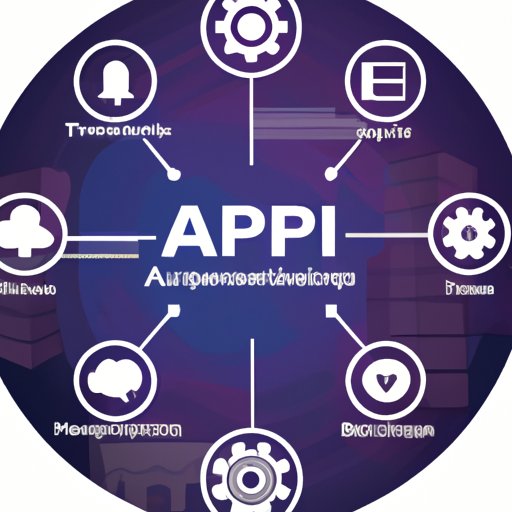Introduction to API Technology
Application Programming Interfaces (APIs) are a set of instructions, protocols, and tools for building software applications. They enable developers to create programs that interact with other programs, services, and databases. APIs make it possible to easily share data and services across different platforms and applications.
What is an API?
An API is a set of functions and procedures that allow two applications to communicate with each other. It is essentially a bridge between two or more programs that allows them to exchange information. APIs can be used to access web-based services, such as weather forecasts, stock prices, and currency conversion rates.
What can APIs be used for?
APIs are used in a variety of ways, from creating custom applications to integrating with existing systems. They can be used to access databases, retrieve data from the web, or build mobile apps. APIs can also be used to build mashups, which combine data from multiple sources into one interface.
Different types of APIs
APIs come in many forms, including web APIs, operating system APIs, database APIs, and hardware APIs. Web APIs allow developers to access web-based services and resources, such as Google Maps or Twitter. Operating system APIs provide access to the underlying operating system, while database APIs allow developers to interact with databases.
Exploring the Benefits of Using APIs
APIs offer numerous benefits, including increased efficiency, cost savings, improved user experience, and customization options. By using APIs, developers can quickly access and integrate data from multiple sources, reducing development time and costs. APIs also make it easier to customize applications and create a better user experience.
According to a survey conducted by MuleSoft, a software integration platform, “80% of respondents said that APIs helped their organizations become more efficient, and 70% said that APIs improved customer experience.”

Understanding the Different Types of APIs
Web APIs are the most common type of API. They are used to access web-based services, such as Google Maps or Twitter. Operating system APIs provide access to the underlying operating system, while database APIs allow developers to interact with databases.
Hardware APIs enable developers to interact with hardware devices, such as sensors or printers. They are commonly used in the Internet of Things (IoT) to connect devices and send data back and forth.

How to Design and Implement an API
Designing and implementing an API requires careful planning and execution. The first step is to plan the API, which involves understanding the requirements of the project and deciding what functionality the API should have. Once the plan is in place, the next step is to write the code for the API and test it.
How to Secure an API
Securing an API is essential to ensure that only authorized users can access and use the data. Authentication is the process of verifying a user’s identity, while authorization is the process of granting access to specific resources. Encryption is also important to protect data from being accessed by unauthorized users.

Challenges of Working with APIs
Working with APIs can present a number of challenges, such as API compatibility, data security, and performance. APIs must be designed to be compatible with the platforms and applications they are intended to work with. Data security is also critical to ensure that sensitive data remains safe and secure.
Performance is another key consideration when working with APIs. If an API is poorly designed or not optimized properly, it can lead to slow response times or even system crashes.
The Future of API Technology
The future of API technology looks bright. Automation will play an increasingly important role, allowing developers to quickly and easily develop and deploy APIs. Machine learning capabilities will also enable APIs to learn from user behavior and anticipate user needs.
Security enhancements will be necessary to protect APIs from malicious attacks, while new standards and protocols will help ensure compatibility across different platforms and applications.
Conclusion
APIs are an essential part of modern software development, enabling developers to quickly and easily access and integrate data from multiple sources. They offer numerous benefits, including increased efficiency, cost savings, improved user experience, and customization options. However, there are also some challenges associated with working with APIs, such as API compatibility, data security, and performance.
In the future, automation, machine learning capabilities, and security enhancements will continue to shape the way APIs are developed and used. As technology advances, APIs will become even more powerful and capable of providing even greater benefits.
(Note: Is this article not meeting your expectations? Do you have knowledge or insights to share? Unlock new opportunities and expand your reach by joining our authors team. Click Registration to join us and share your expertise with our readers.)
